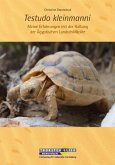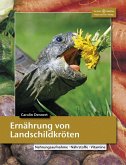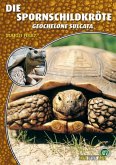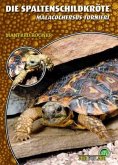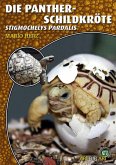The Egyptian Tortoise, Testudo kleinmanni Lortet, 1883 is thesmallest of the Mediterranean species of Testudo and the world'ssecond smallest tortoise species living today. Native to North Africaand Israel, it is adapted to surviving under the extreme climaticconditions of semideserts. In spite of conservation measures andcaptive breeding programmes, the Egyptian Tortoise is acutelythreatened by extinction.Even though maintaining it in human care is thought of as a challenge,it has been gaining popularity amongst dedicated terrarium keepersin recent years. Information on its complex husbandry requirementshas so far been scant and tedious to trace. The present book byFranziska Biedenweg and Dipl.-Biol. Ricarda Schramm fills this gapin that it is the first to provide comprehensive and detailed data onthe fascinating little beauty known as Testudo kleinmanni.The authors discuss all relevant subjects, including the distributionand ecology of this species in the wild, how the latter translatesinto keeping and feeding it properly in captivity, what is requiredfor propagating it successfully, and how to best employ moderntechnology to achieve these goals. An exhaustive list of the existingliterature and numerous colour photographs and graphics illustratethe individual chapters.The author's years of experience with keeping this species aresummarized in an annual care schedule that will provide guidelinesto the month-to-month keeping of this species. A loose copy of thisschedule is added to the book for ease of reference.










